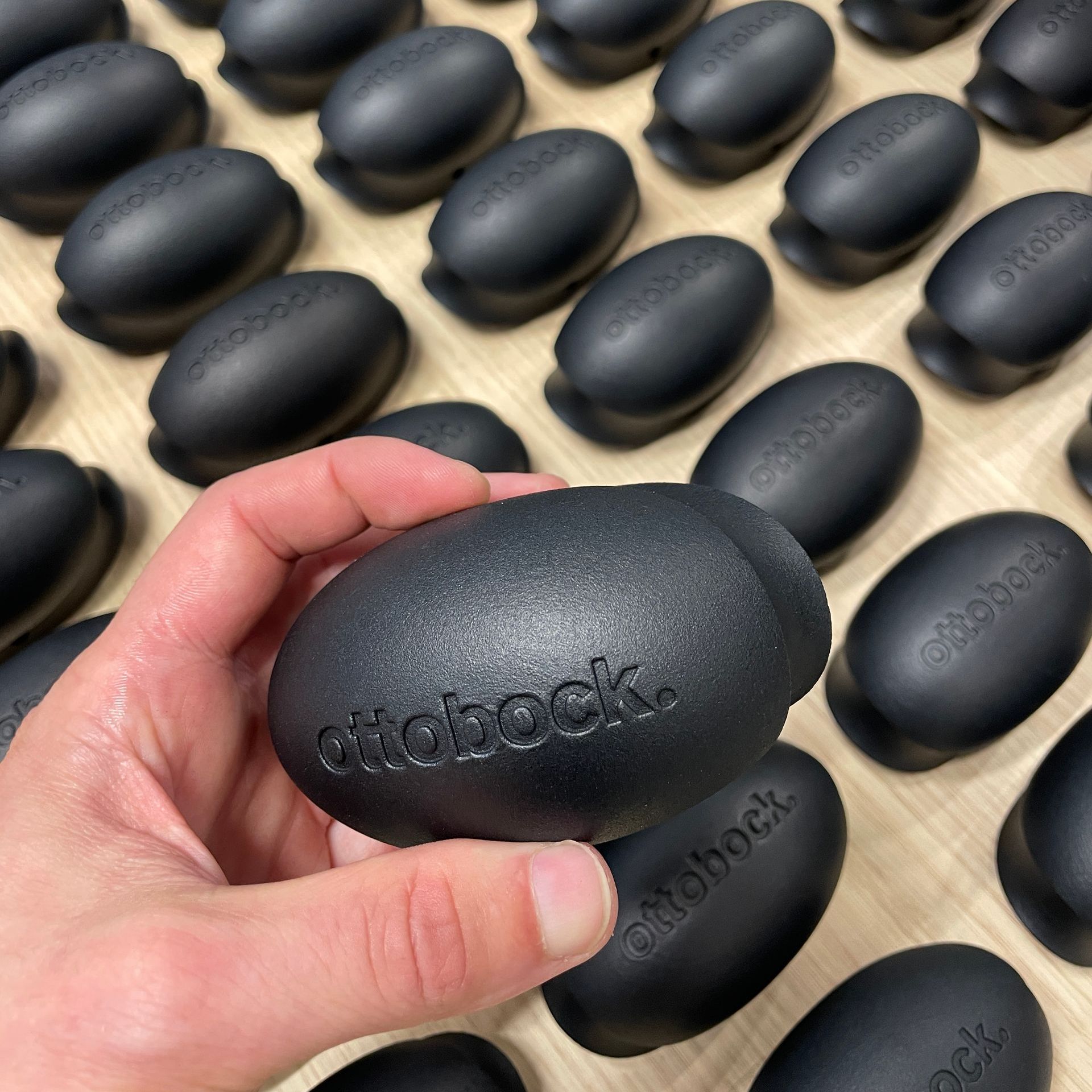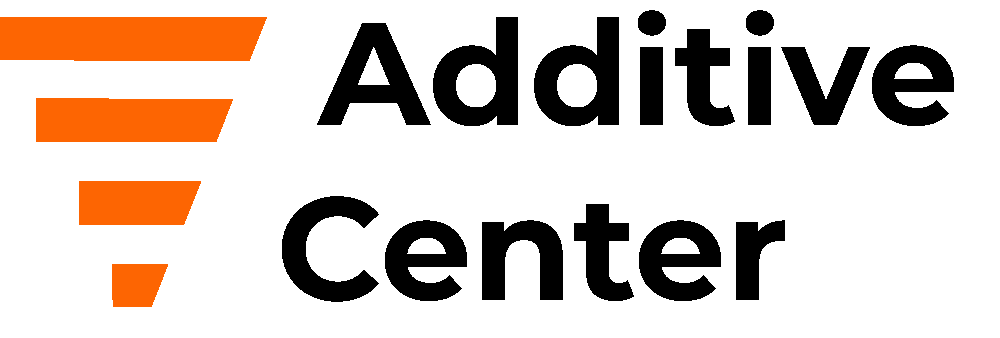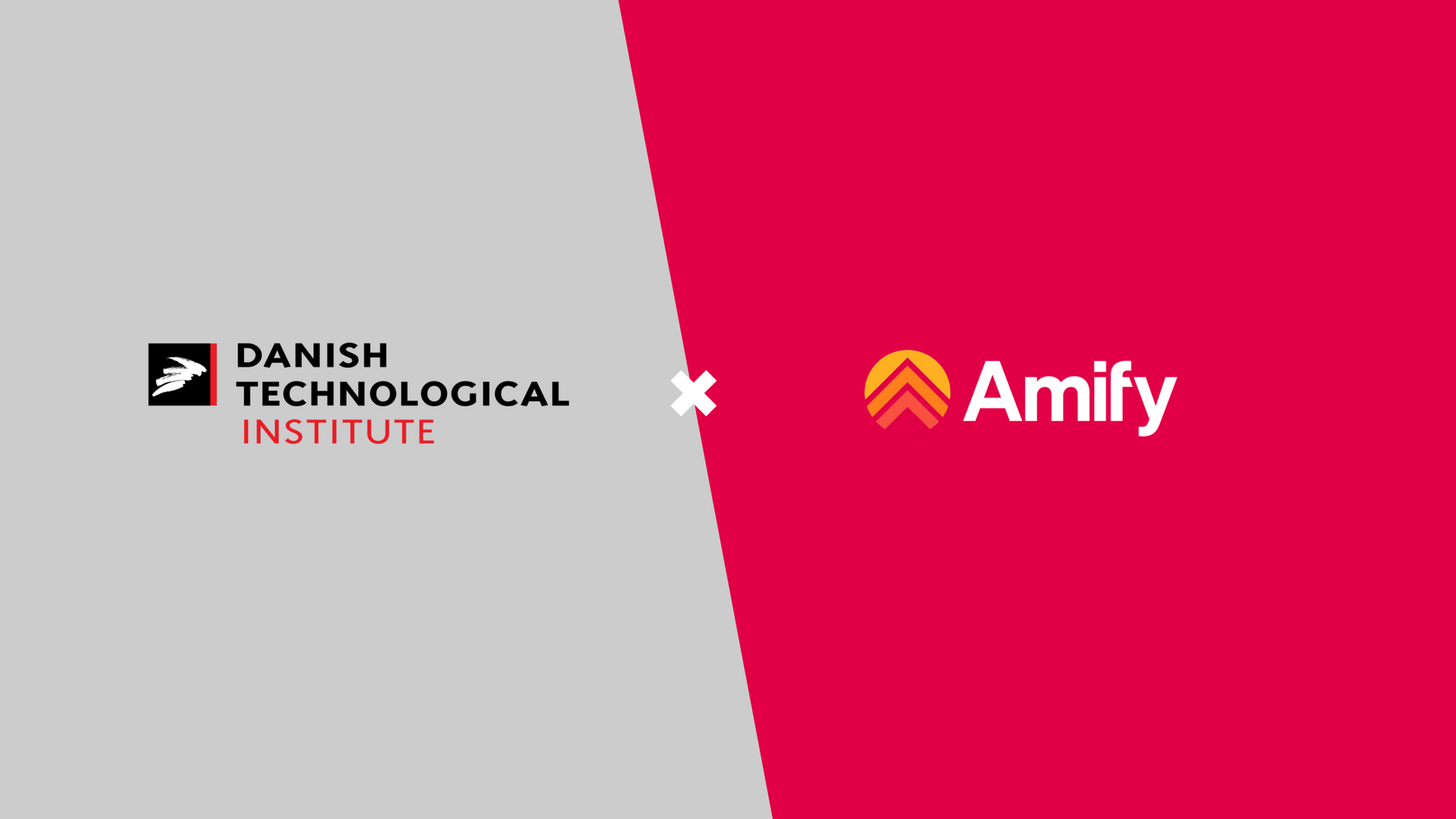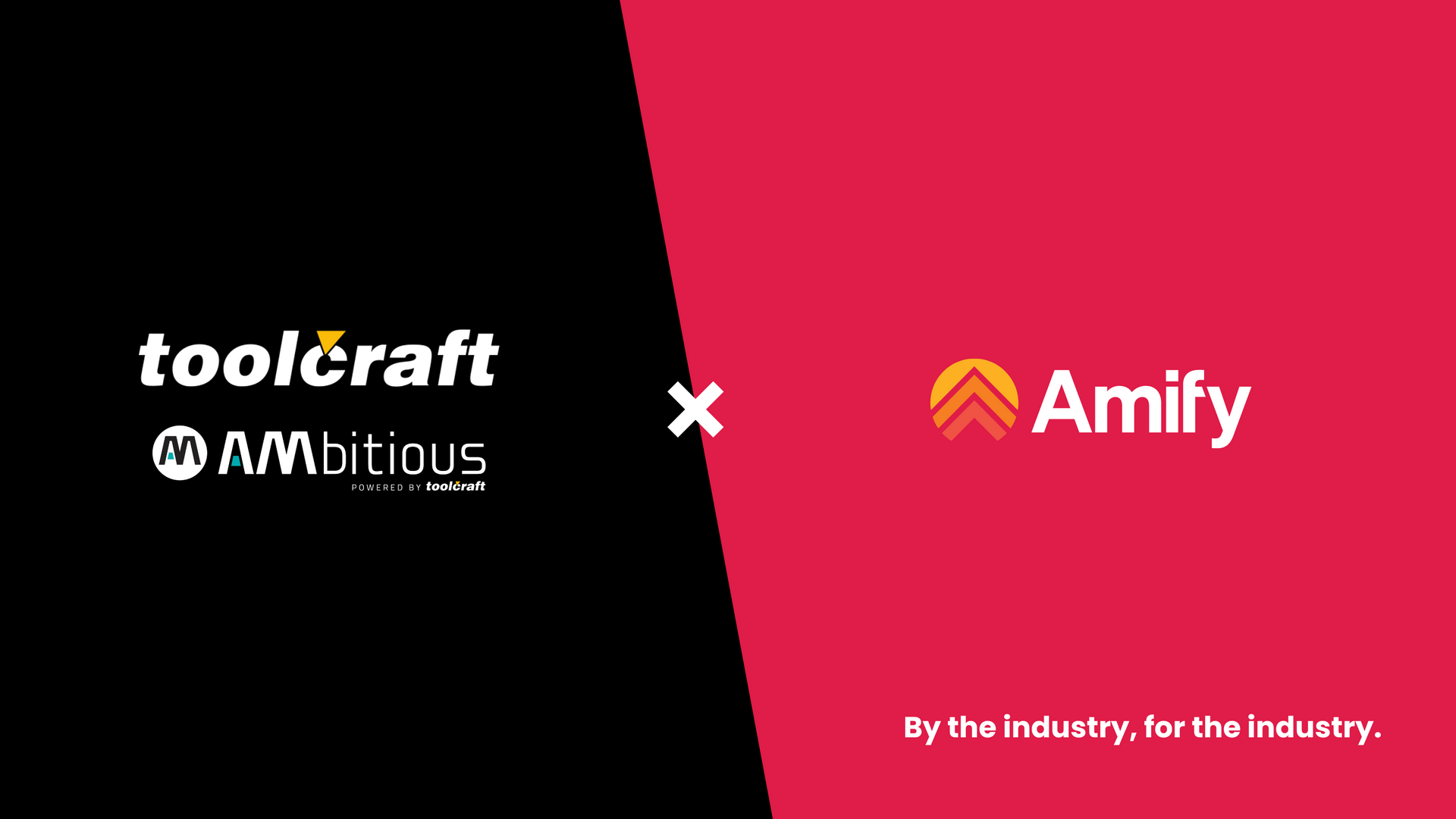Advantages of AM during the product life cycle

The advantages of 3D printing
1. Cost Savings
Reduces material waste and lowers production costs, particularly for complex or low-volume parts.
2. Faster Prototyping
Speeds up product development by allowing rapid iteration and testing of designs.
3. Supply Chain Efficiency
Minimizes dependence on distant suppliers by enabling on-site or local manufacturing.
4. Customization
Facilitates tailored components and products to meet specific industrial needs.

5. Reduced Lead Times
Shortens production cycles, ensuring quicker delivery of parts and products.
6. Inventory Reduction
Eliminates the need for extensive inventory, as parts can be printed on demand.
7. Tooling Flexibility
Avoids the cost and time associated with traditional tooling and molds.
8. Complex Geometry
Simplifies the creation of intricate, high-performance components.
9. Reduced Downtime
Enables faster replacement of critical parts, minimizing equipment downtime.
10. Improved Resource
Management Reduces material waste and energy use, promoting ecofriendly manufacturing.
Advantages of the product life cycle
To introduce additive manufacturing (also known as 3D printing) into industrial companies, a strategic focus on investments, training, and expertise is indispensable. Hardware investments, coupled with comprehensive employee training, lay the foundation for a successful adoption of additive manufacturing (AM). Concurrently, the development of 3D modeling expertise is crucial for harnessing the full potential of this transformative technology.
Robust quality control measures, meticulous material acquisition strategies, and seamless supply chain integration are equally vital components of this journey. By ensuring quality and efficiency throughout the entire process, companies can reap the rewards of additive manufacturing.
Development: In addition, conducting comprehensive cost-benefit analyses helps organizations make informed decisions and maximize the advantages of additive manufacturing. This structured approach not only speeds up development, enabling faster iterations and quicker product introductions, but it also significantly reduces time to market.
Production: Furthermore, additive manufacturing opens up new horizons in the production of parts. It offers a more cost-effective method, particularly when considering volume and lead times. This method allows companies to balance mass production and customization, adapting to unique market demands.
Long tail: The concept of the long tail presents a challenge. It demands a reduction in costs, less inventory, and the application of localized production to meet the diverse and evolving needs of the market. In sum, by meticulously addressing these components, companies can harness the full potential of additive manufacturing, ultimately enhancing their efficiency and competitiveness within their respective industries.
The product life cycle:

Interested in reading more from our white paper? Download it here




